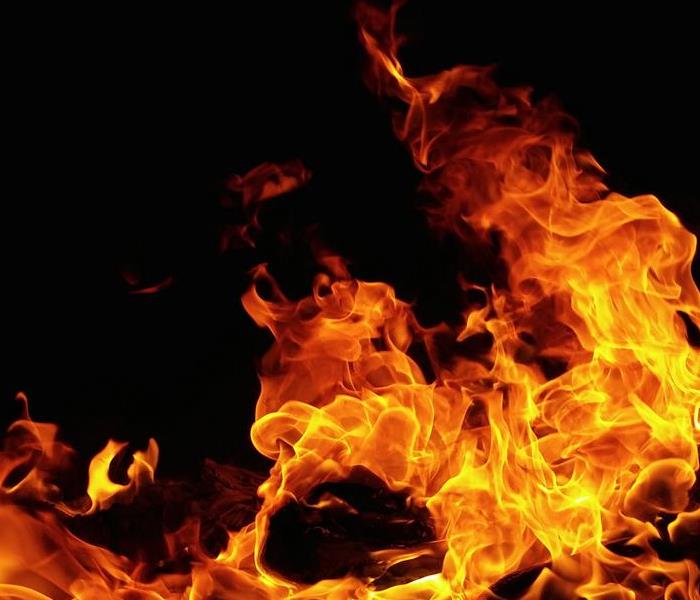Fire Mitigation: Protecting Lives and Property from Wildfires
10/12/2023 (Permalink)
Wildfires have become an increasingly pressing issue in recent years, with devastating consequences for both the environment and communities. As climate change and urban sprawl continue to exacerbate the threat of wildfires, it's imperative that we focus on fire mitigation strategies to protect lives, property, and natural landscapes. In this blog post, we will explore the importance of fire mitigation and the various measures individuals and communities can take to reduce the risk of wildfires.
Understanding the Importance of Fire Mitigation
Protecting Lives: The primary objective of fire mitigation is to safeguard human lives. Wildfires can spread rapidly and unpredictably, posing a significant danger to residents in fire-prone areas. By implementing mitigation measures, we can reduce the likelihood of tragic outcomes and save lives.
Preserving Property: Wildfires can cause substantial damage to homes, infrastructure, and businesses. Fire mitigation measures such as creating defensible spaces and using fire-resistant building materials can significantly decrease the risk of property loss.
Conserving Natural Habitats: Wildfires have devastating effects on ecosystems and wildlife. Fire mitigation efforts help protect these natural areas by reducing the frequency and severity of wildfires.
Fire Mitigation Strategies
Defensible Space: Creating a defensible space around your property is a critical step in fire mitigation. This involves clearing away flammable vegetation, trees, and debris to create a buffer zone that can slow down or stop the spread of a wildfire.
Fire-Resistant Landscaping: Opt for fire-resistant plants and landscaping materials. These choices can help prevent wildfires from spreading to your home and make it easier for firefighters to defend your property.
Building Design: Constructing or retrofitting your home with fire-resistant building materials can significantly increase its chances of surviving a wildfire. This includes using non-combustible roofing, siding, and tempered glass windows.
Community Preparedness: Collaborate with your neighbors and local authorities to develop a community-wide fire mitigation plan. This might include regular fire drills, communication strategies, and the establishment of a local Firewise Community.
Education and Awareness: It's vital to educate yourself and your community about the risks of wildfires and the necessary preventive measures. Stay informed about fire weather forecasts and evacuation procedures.
Equipment and Tools: Ensure that your property is equipped with fire hoses, sprinklers, and other firefighting tools. Proper maintenance and training on the use of these tools are essential.
Conclusion
The threat of wildfires is real and growing, but through proactive fire mitigation strategies, individuals and communities can significantly reduce the risks associated with these destructive events. Protecting lives, property, and our natural environment should be a collective effort. By implementing these strategies and raising awareness about fire mitigation, we can work toward a safer, more resilient future in the face of wildfires.






 24/7 Emergency Service
24/7 Emergency Service
